At the unveil event for the new Ola S1 electric scooter, the company also announced its future plans. Towards the end of the presentation, they confirmed that the Ola electric car is a big part of their future and we may expect to see it by the summer of 2024.
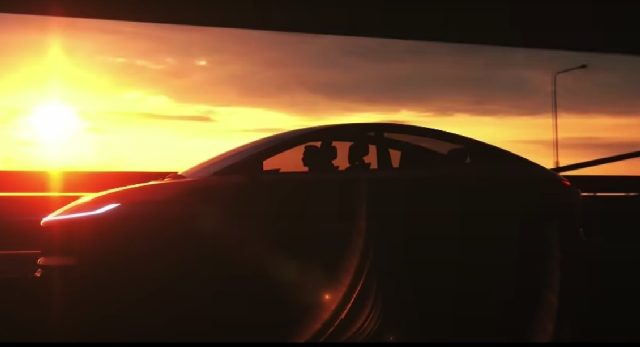
What began as a ride-sharing app moved into the EV space with electric scooters and now they are working on expanding their portfolio with the inclusion of the Ola electric car. The silhouette and details of the car were teased in a short video. From what we have seen, its clean lines and aerodynamic shape hint at sporty intentions. Bhavish Aggarwal, Founder and CEO, Ola, claims that this car will be the best of what India has to offer in terms of performance, design and technology. It is expected to be capable of accelerating from 0-100 km/h within four seconds. As for range, the claimed figure is 500 km per charge. With a drag coefficient of less than 0.21, the Ola car is, perhaps, the most aerodynamic in its segment, at least on paper. Other features include an all-glass roof, assisted driving capabilities, keyless entry, and handle-less doors. Its functions will be based on Ola’s MoveOS software and it will receive over-the-air updates whenever available.
There is more. Ola will be setting up as many as 100 fast-chargers across the major cities in India by Diwali. They also announced what may the most ambitious plan we have heard about yet in 2022. To put India on the map of the EV revolution, Ola claim that it is necessary to produce lithium-ion cells indigenously. To that effect, they have already begun producing lithium-ion cells at their cell factory. With further investment, Ola are planning to expand their two-wheeler, four-wheeler and cell factories. Combined, they will have a production capacity of 10 million scooters, one million cars and 100 GWh of cells. Once executed, this could easily establish India’s footprint on the global EV map.
Bhavish Aggarwal, Founder and CEO, Ola, said, ‘Over the last year EVs have been at the centre of transforming personal mobility. At Ola, we have been at the epicentre of this change, driving adoption, increasing access and affordability. There is much to be achieved yet. Currently, less than 15 per cent Indians own a two-wheeler or a four-wheeler and, with India poised for strong economic growth, the Indian automotive industry will witness demand for 20 million four-wheelers and 50 million two-wheelers each year. We believe that India needs to become the global epicentre of the EV revolution and command 25 per cent of the world’s automotive market. Today, at Ola we are taking “Mission Electric” to the next level by ensuring we have a roadmap to invest in technology, build scale and bring quality products that India deserves. As we build for India, we will also be creating the EV paradigm for the rest of the world.”
Also Read: Inside the Maruti Suzuki R&D Centre in Rohtak
Story: Joshua Varghese


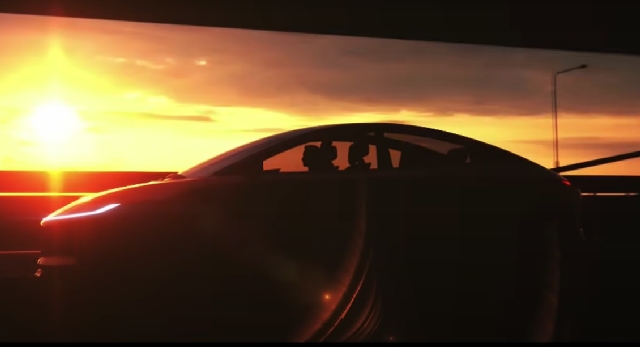










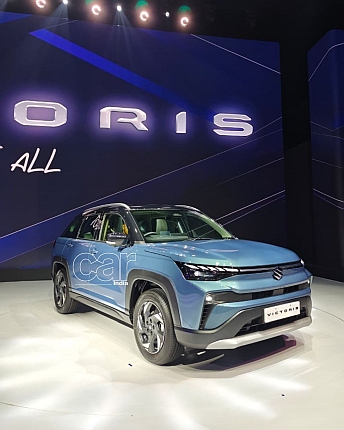
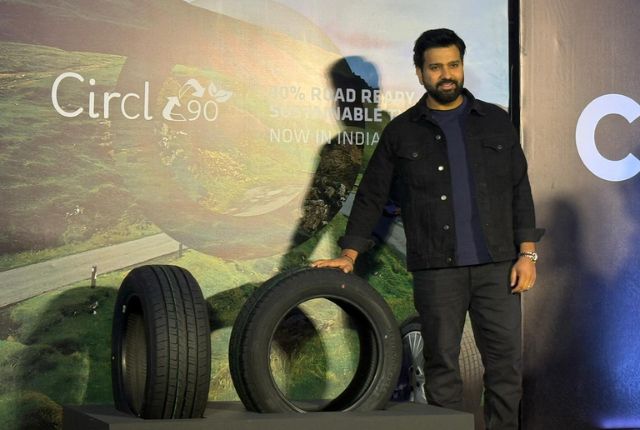
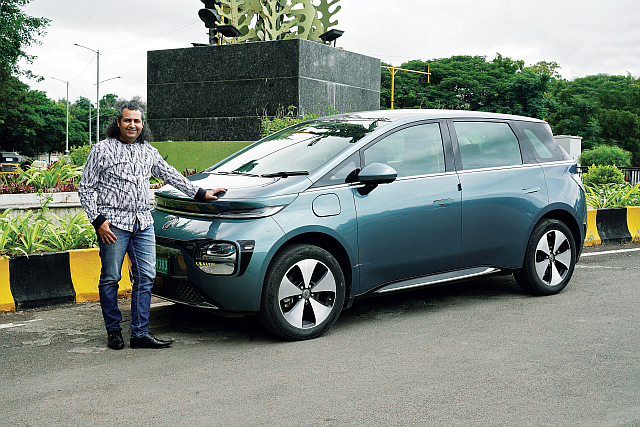
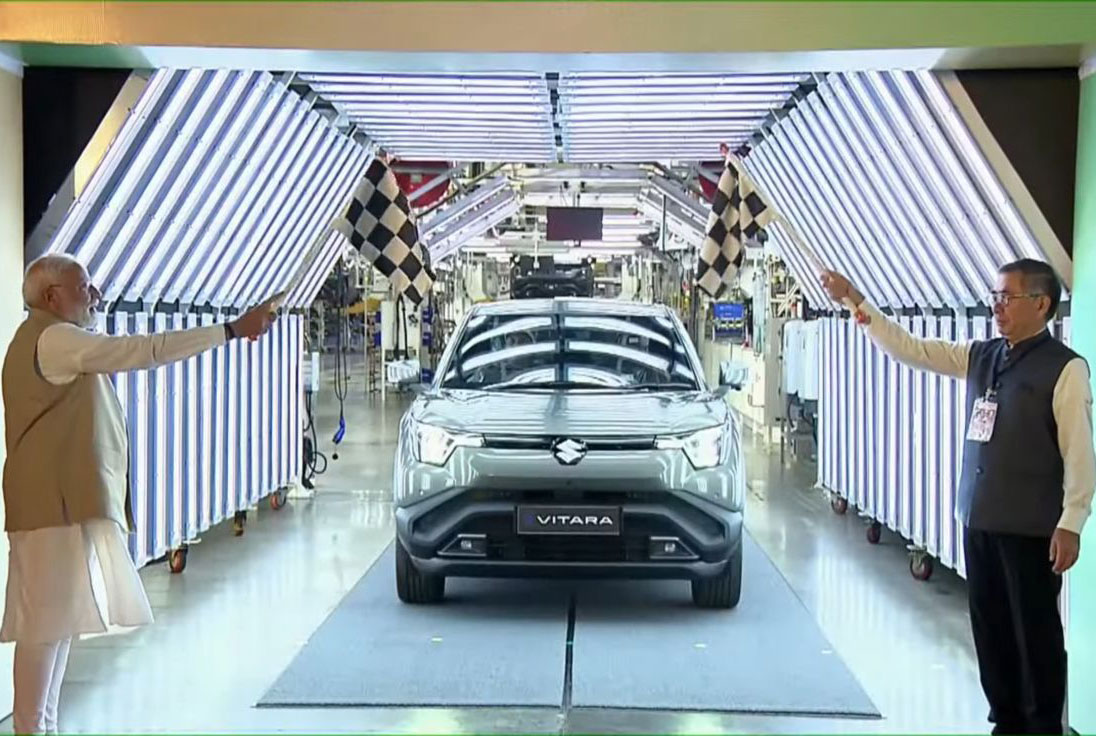
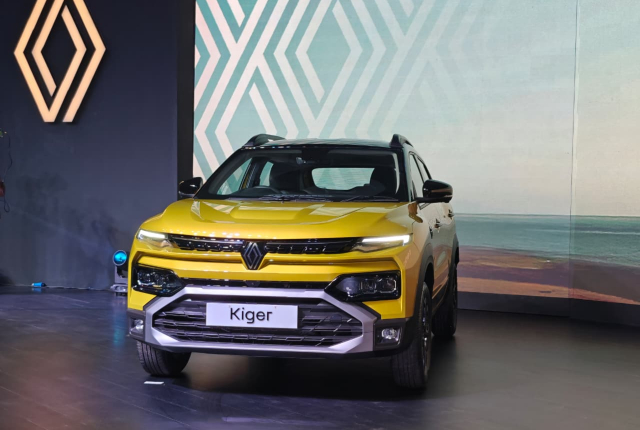





Leave a Reply